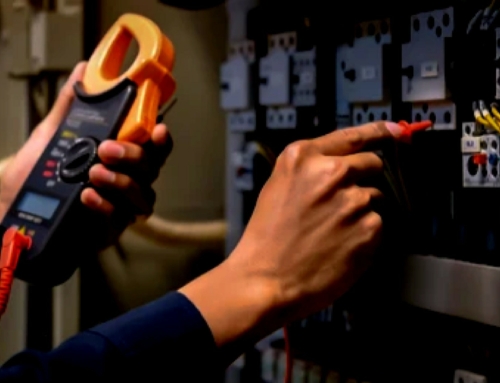Who among us is organised and proactive enough to think, ‘Six months have gone by – it’s time for me to book in a dental check-up’? We all have so many concerns and responsibilities that we have to attend to every day that these regular but rare commitments are very difficult to keep top of mind. If we’re really, really lucky, however, we live in a country where we get reminders or alerts when it’s time to attend to periodic health appointments, such as cholesterol monitors, dental check-ups or breast screening (for women over a certain age).
These notices come from the clinicians and service providers concerned, taking a vital task out of our hands. And they are a huge assistance in the care and upkeep of our most valuable assets – our own bodies. It’s an evolving and increasingly automated field. And in this it reflects the state of asset management on a wider scale and the way organisations are now handling this fundamental part of their business.
Three of the most notable trends and developments in this space include the growth of asset as a service, condition-based and predictive maintenance and life cycle management.
Asset as a service
Using IT equipment as an example, previously the common model was for companies to purchase such infrastructure as an upfront purchase and then pay for maintenance and support over its lifespan. Today, this is increasingly shifting to a monthly subscription fee for cloud-based services. In the tangible space the equivalent could be the provision of commercial laundry equipment to a nursing home.
Rather than purchasing the equipment and then paying for ongoing maintenance and chemical usage, the end customer could be paying a monthly cost per bed. The supplier in this example still owns the equipment and may also finance it, and retains responsibility for meeting the agreed service levels.
This goes as far as to include making such decisions as when to upgrade or replace the equipment completely.
What this model gives the supplier is consistency and the ability to plan ahead with a clearer sense of future transactions. It’s a revenue model that can be more attractive than ‘lumpy’ revenue related to capital followed by low maintenance revenue. Subscription revenue is seen as more predictable and therefore ‘smoother’.
Condition-based and predictive maintenance
Increasingly organisations are realising that, while preferential to reactive maintenance, preventative maintenance can still fall short as the most effective way to ensure business continuity. Moving to predictive maintenance, larger sites are considering ongoing maintenance costs excessive and, as they have built in many layers of contingency, they elect to only fix equipment when they are told it is due for failure.
Using this more scientific approach to component life cycle replacement and management, they use the collective data to support all predictive maintenance assumptions. Machines and equipment are now supplied with built-in diagnostics and monitoring in the form of sensors measuring such metrics as temperature, vibration or the pressure flow balance of the air-handling process, so that early awareness of issues can trigger a visit to prevent a major breakdown. For instance, if the data points to an air-conditioning capacitor with a 10-year lifespan likely to fail between eight and a half and nine and a half years, it would be scheduled for replacement at 8.1 years. And this would be linked to the OEM (original equipment manufacturer’s MTBF (meantime between failures) calculations.
The move to condition-based monitoring and predictive maintenance does necessarily have an impact on service contracts. If time-based scheduling is no longer the agreed format, then cost adjustments will need to be made.
The challenge, however, is that the new schedule may not calculate the cost of any accompanying site outages and so can still be considered a strategy with some risk attached.
Life cycle management
When calculating the cost of optimum asset replacement time, an organisation must take several factors into account, including the old asset breakdown rate. As above, OEMs will offer general statements on the life expectancy of a given asset, but it is incumbent on the organisation to consider that this is generally driven by manufacturing cycles and the OEM is only obliged to to support equipment with spare parts for seven years after the manufacture of the last unit in that product range.
Added to these associated costs are those related to collective failures and the cost of new batteries, for instance. Combining all these into the TCO (total cost of ownership) helps to calculate whether it’s cheaper to continue running the unit than replacing it entirely. The capex associated with newer but more efficient plant may be more than mitigated by its decreased energy costs.
Technological progress has provided the tools to not only better diagnose and treat our bodies when they break down, but also now provide predictive maintenance – how else would you describe the bowel cancer testing kit sent to everyone over 50 or regularly scheduled breast screening Australians are able to access? And the same is absolutely true for the physical assets of an organisation. Taking advantage of the tools available to get the very best value out of your assets and know precisely when to repair or replace is key to success.





